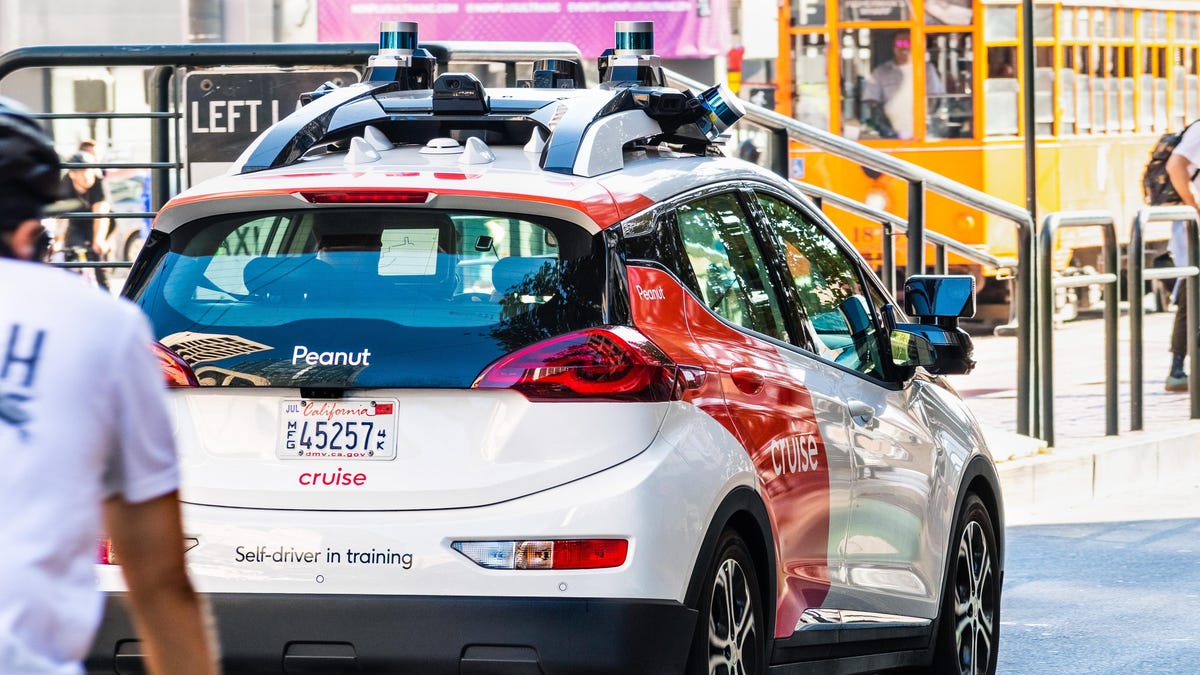
Headlines This Week
- Academic researchers at the University of Chicago are helping artists fight back against AI algorithms that would ingest and monetize their works. Researchers have developed a program called “Nightshade” that could “break” AI programs that ingest unauthorized content that has been laced with the software.
- What is AI “exposure”? That’s the fun new buzzword that corporations are using when they talk about the likelihood of workers getting laid off and replaced by a chatbot.
- Last but not least: The Biden administration is expected to issue a much anticipated executive order on Monday that will seek to carve out a basic regulatory approach to AI as the technology becomes a broader technological and economic reality. The order would “create a raft of new government offices and task forces and pave the way for the use of more AI in nearly every facet of life touched by the federal government, from health care to education, trade to housing, and more,” Politico reports.
The Top Story: Cruise’s No Good, Very Bad Week
The robotaxi rollout in San Francisco continues to be rocky. In short: things have not been going well for what Silicon Valley hoped would be its next trillion dollar industry. Though a decision in August by California’s Public Utilities Commission approved expanded operations for two major “robotaxi” companies—Google’s Waymo and GM’s Cruise—in the Bay Area, there’s been more than a little trouble turning that regulatory thumb’s up into a business success.
From the start, Cruise has had a tough go of it. In the first week after the CPUC made its ruling, a Cruise robotaxi slammed into a city fire truck, injuring the robotaxi’s driver. Then, another one stopped at an intersection, clogging up traffic and enraging locals. Then, about a week ago, a woman was run over and dragged by a Cruise robotaxi during a traffic incident. As a result, California has ordered Cruise to pull all of its vehicles off the city’s streets.
But Cruise didn’t just shut down its operations in the Bay Area. On Friday, the company announced that it would be ceasing operations across the country. In effect, the incident caused the Bay Area robotaxi experiment to reduce its numbers by half. Obviously this doesn’t bode well for the business’s long term longevity in San Francisco, where many local residents and politicians treat the emergent industry in roughly the same manner that they’d treat an army of bubonic plague-infected rats. Some onlookers are saying that if robotaxis were to fail in Silicon Valley—the tech industry’s back yard—it could effectively doom the industry’s broader ambitions for a national (and, eventually, global) rollout.
Some commentators have pointed out that while robotaxis in California seem to be struggling, they are doing just fine in the city of Phoenix, Arizona, where the likes of Waymo have been operating for the better part of three years with little to no drama. But Phoenix is a more spread out, less populated community, making the driverless rides easier to navigate. More congested, complicated cities like San Francisco pose significantly more challenges to the fairly limited brain-power of the automated car industry.
In short: while the tech industry would love robotaxis to be ready for prime time, it certainly looks like we’ve got a little ways to go before that’s the case. Will they ever be ready? That, too, still seems up in the air.
Question of the Day: What the heck is RAG?
A lot of folks have been doing RAG explainers lately. The Information just did one. Fortune did one. We are not going to do a full explainer but I figured we could at the very least do a brief rundown on what is being called the hottest acronym in AI right now. RAG stands for “retrieval augmented generation,” which sounds about confusing but is actually fairly straightforward. As far as I can tell, RAGs are an information retrieval system that can be appended to a large language model, the algorithm that powers an AI chatbot like ChatGPT. The point of a RAG is to fetch data from a specific dataset to assist in answer formulation when a chatbot user issues a prompt. The great thing about a RAG is that it provides greater control over the kind of information that a chatbot will deliver to the user instead of just relying on the application’s overall data library. Experts contend that this allows you to customize and specialize a chatbot’s answers to your “enterprise content,” as one breakdown puts it.






